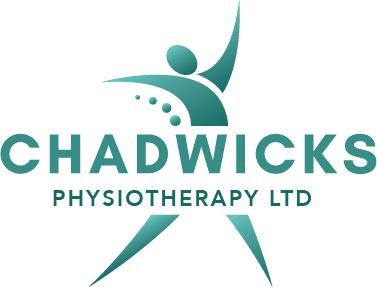Dizziness & Vertigo
Vertigo often comes on suddenly, typically after a viral infection or illness, and can make the world feel like it’s spinning, even when you’re still. Dizziness might feel more like a sense of unsteadiness, as if you’re walking on a moving floor.
What Is Dizziness & Vertigo?
Dizziness and vertigo can be unsettling, disorienting and, in some cases, completely debilitating. At Chadwick’s Physiotherapy, we’re specially trained to assess and treat these symptoms – helping people regain stability, confidence and control in their daily lives.
Vertigo often comes on suddenly, typically after a viral infection or illness, and can make the world feel like it’s spinning, even when you’re still. Dizziness might feel more like a sense of unsteadiness, as if you’re walking on a moving floor. These symptoms are more than just unpleasant – they can seriously disrupt your daily routine, your work and your ability to enjoy normal activities.
What Are The Symptoms Of Dizziness & Vertigo?
Symptoms vary depending on the cause and severity but may include:
- A spinning sensation (even when still)
- Unsteadiness or feeling like the ground is moving
- Trouble focusing or tracking movement
- Nausea or motion sickness
- Anxiety in busy environments or large crowds
- Difficulty turning your head, especially in shops or while driving
- Room spinning when turning over in bed
These issues can be incredibly frightening. People often begin to avoid leaving the house, going to public places, or engaging in regular activity for fear of triggering an episode. That isolation and hesitation can take a toll on confidence and independence.
What Is Our Approach To Fixing/Treating Dizziness & Vertigo?
At Chadwick’s Physiotherapy, we take a comprehensive approach to assess and treat the root causes of your symptoms. Our in-depth assessment will explore three key systems that can contribute to balance problems:
- The Inner Ear – Often affected by infections or benign positional vertigo (BPPV).
- Visual Processing – How your eyes track motion and help you orient yourself.
- Proprioception – The feedback your body receives from your joints and muscles about movement and position.
In many cases, dizziness is linked to more than one of these systems, so we carry out a full evaluation to pinpoint where the dysfunction lies. From there, we can tailor a treatment plan that addresses your specific symptoms – and often, people experience noticeable relief after just one session.
Our treatment may include:
- Vestibular Exercises – Carefully graded movements and balance exercises to retrain your brain and body to interpret motion correctly.
- The Epley Manoeuvre – A specific repositioning technique used to treat benign paroxysmal positional vertigo (BPPV), which can often resolve symptoms immediately if the inner ear is the source.
- Progressive Rehabilitation – As symptoms ease, we gradually increase the complexity and intensity of exercises to rebuild full confidence and function – without triggering flare-ups.
- Education and Support – Perhaps most importantly, we provide reassurance. Many people fear that movement will worsen their symptoms. We guide you through recovery at a pace that’s safe, effective and designed to get you back to normal life as quickly as possible.
Download Free Report
Struggling with dizziness or vertigo? At Chadwick’s Physiotherapy, we understand how debilitating it can be which is why we invite you to download our FREE guide to understand the causes, symptoms and effective treatments that can help you feel steady again. Don’t let dizziness control your life – take the first step toward lasting relief today!



